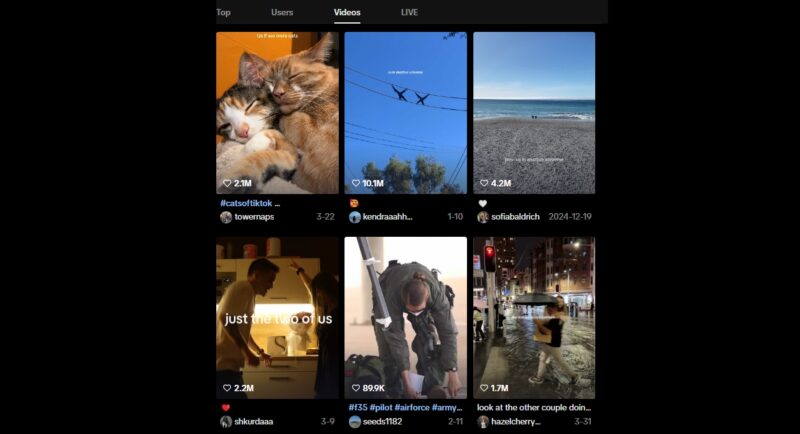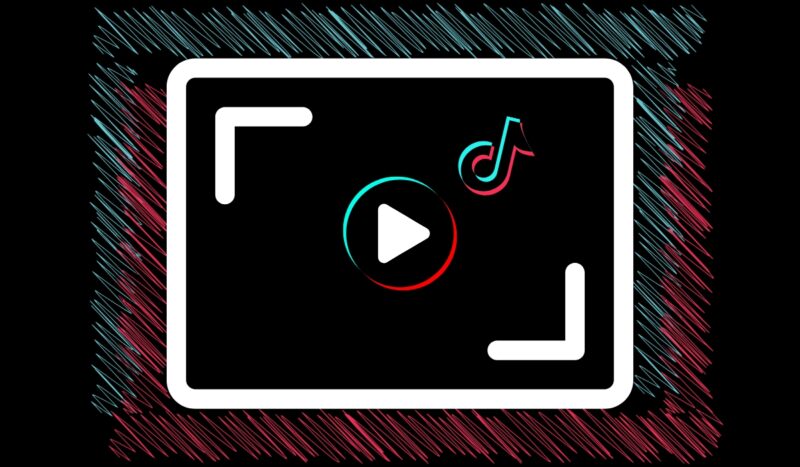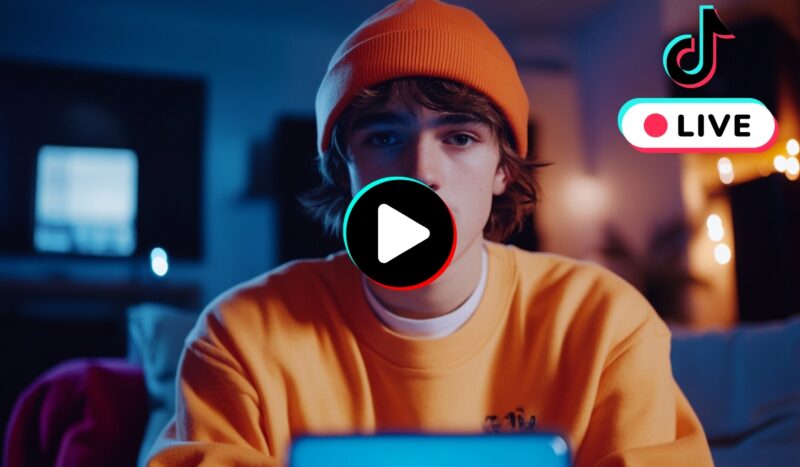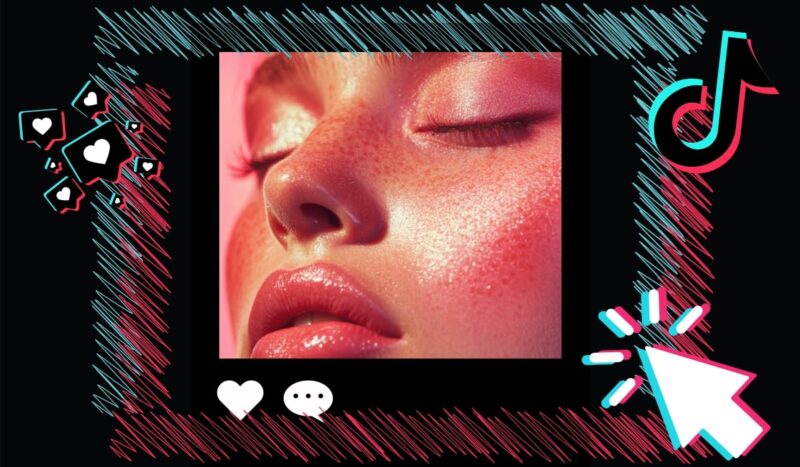TikTok has rapidly become one of the most influential video platforms globally, drawing in creators, influencers, and marketers alike.
Success on the platform doesn’t rely on creativity alone, technical precision plays a critical role.
Video quality, formatting, and sizing all affect how content performs in terms of engagement and visibility.
TikTok Video Size Basics
Success on TikTok depends on more than creativity—it also requires attention to technical details. Uploading content that aligns with platform standards ensures better visibility, optimal playback, and smoother user experiences.
Several specifications directly affect video quality, including file size, resolution, and format. Below is a breakdown of these essential requirements, followed by bullet points to simplify the most important figures.

Maximum File Sizes
Upload limits vary by device and method, influencing how much creators can pack into a single video.
File compression and editing tools become essential, especially for users who aim to maintain high video quality without breaching limits.
- Android: Up to 72MB per video
- iOS: Up to 287.6MB per video
- Desktop: Up to 500MB per upload
- TikTok Ads (All Devices): Maximum of 500MB
Creators working with longer videos, detailed visuals, or high bitrates may find desktop uploading the most forgiving option. For ad campaigns, staying within the 500MB boundary remains essential, regardless of the file origin.
Recommended Resolutions

TikTok is built around mobile viewing. Videos that don’t match recommended specs often appear blurry or stretched, making them less likely to engage viewers or satisfy algorithmic expectations.
Choosing the right resolution ensures full-screen playback and sharp visuals.
- Recommended: 1080 x 1920 pixels (Full HD, portrait mode)
- Minimum: 720 x 1280 pixels (HD, portrait mode)
Using 1080 x 1920 allows the video to fill the entire vertical screen without distortion. Lower resolutions are accepted, but they can result in compression artifacts and may reduce watch time.
Video Formats
Compatibility with TikTok’s infrastructure also depends on selecting the proper file format.
Some formats maintain quality more efficiently during upload and playback, while others are only suitable for specific devices or for advertising use.
- MP4: Recommended for general use; best compression and compatibility
- MOV: Ideal for iOS exports but may have compatibility issues on some Android devices
Additional formats for ads:
- MPEG
- 3GP
- AVI
MP4 remains the go-to choice for its balance of quality and file size. Advertisers may benefit from additional format flexibility when uploading content via TikTok Ads Manager.
Aspect Ratios and Video Dimensions

Creating content that feels native to TikTok’s vertical interface is more than just about resolution, it’s about choosing the right aspect ratio. The format in which a video is recorded and displayed directly influences how users interact with it.
Viewers scroll quickly, and the wrong dimensions can immediately signal a lack of polish or optimization
Key characteristics for each format are listed in bullet points for easy comparison.
Portrait (9:16) – Recommended
A 9:16 aspect ratio perfectly fills a smartphone screen in vertical orientation. Content presented in this way utilizes the entire visual field, removing distractions and maximizing visual impact. TikTok’s algorithm prioritizes this format, which often results in higher visibility on the “For You” page.
Best suited for direct-to-camera content, portrait format is ideal for solo creators, product showcases, or storytelling that benefits from closeness and immediacy. Viewers are more likely to engage when the video takes up their entire screen without visual gaps.
- Full-screen on mobile devices
- Most supported by TikTok’s feed and algorithm
- Best for short-form content like vlogs, dances, and daily updates
- Offers the highest level of engagement potential
Landscape (16:9)
A 16:9 ratio provides a wider field of view, suitable for visual storytelling that needs more horizontal space.
It works well for educational content, cinematic shots, or multi-person scenes.
While it can be effective for content longer than one minute, short videos in this format often appear with black bars above and below, which disrupts the flow and may lead to lower retention.
- Suitable for scenic or cinematic visuals
- Best used for content longer than one minute
- Displays black bars on shorter videos
- Provides flexibility for repurposing YouTube or long-form content
Square (1:1)
A 1:1 aspect ratio is most often used for content repurposed from other platforms like Instagram.
Although TikTok supports it, this format doesn’t take advantage of the full mobile screen and typically receives less user interaction. It’s best used for content that doesn’t require visual immersion or dynamic framing.
- Balanced frame dimensions (equal width and height)
- Works well for reposted or multi-platform content
- Often delivers lower engagement on TikTok
- Can be used for infographics, captions, or announcements
TikTok Video Lengths
@floofysocials fitting this all into a 90 second reel was A LOT 😮💨🤭🤪 the goal with my content is to help you find the process of video editing EASY, stress-free and fun. at the end of the day it’s a creative outlet for you to express yourself through video! 💓 #videotips #videoediting #contentcreation #contenttips ♬ Moonlite Love – Abir’yah
Creating content that aligns with TikTok’s time limitations is essential for staying visible and relevant on the platform. Video length not only affects how a video is consumed but also impacts how it performs with the algorithm.
Different lengths serve different purposes—from short, attention-grabbing posts to extended educational videos.
- Minimum length: 1–3 seconds. While technically allowed, these ultra-short clips rarely make a meaningful impression unless used creatively for transitions or teasers.
- In-app maximum: 10 minutes. Longer videos can be uploaded directly via the mobile app and are suited for storytelling, product demonstrations, or reaction content.
- External upload limit: 60 minutes. Larger, more complex files can be uploaded through desktop, which is useful for full tutorials, interviews, or series episodes.
- Optimal engagement range: 9–15 seconds. Short-form content in this range consistently performs well because it’s fast, digestible, and keeps users watching without scrolling away.
Shorter clips encourage completion rates, which signal stronger engagement. Longer videos demand stronger content hooks and editing precision to maintain viewer interest across the full duration.
Frame Rates & Codec Recommendations
Video quality isn’t just about resolution—it’s about smoothness, audio fidelity, and compression standards.
TikTok content must be optimized technically to ensure it looks professional on every device. Matching TikTok’s recommended frame rate and codec preferences ensures playback without buffering or visual degradation.
- Recommended frame rate: 30 frames per second (FPS). Delivers clean, smooth motion for general video types without requiring high processing power.
- Supported frame rate range: 30–60 FPS. Higher frame rates are suitable for action-packed content or slow-motion effects.
- Video codec: H.264. A widely used compression standard that maintains quality while minimizing file size.
- Audio codec: AAC. Offers crisp sound that complements the video and works well with speech, music, or effects.
- File compatibility: Keeping codecs aligned with TikTok’s preferences ensures videos upload without error and playback with consistency.
Compression settings that are too aggressive can make content look pixelated, while audio mismatches may lead to sync issues or distortion. Following these guidelines helps keep the final product clean, watchable, and algorithm-friendly.

TikTok Ad Specifications
TikTok offers a variety of ad formats tailored to different campaign goals, audience engagement levels, and brand strategies.
Several specifications need to be followed in terms of size, duration, resolution, and format to ensure that ads display correctly and reach the intended audience.
In-Feed Ads
In-Feed ads appear as users scroll through their For You page. They integrate seamlessly with organic content, making them less intrusive and more engaging when executed correctly.
These ads support multiple aspect ratios, making them flexible for different video styles and sources.
- Aspect ratios: 9:16 (portrait), 1:1 (square), and 16:9 (landscape)
- Duration: 5 to 60 seconds
- Optimal engagement duration: 9–15 seconds
- File size limit: 500MB
- Format: MP4 or MOV recommended
- Resolution: Minimum 720×1280; 1080×1920 preferred
In-Feed ads are particularly effective for call-to-action campaigns, user-generated content promotion, or influencer collaborations.
TopView Ads
TopView ads are premium placements that automatically appear when the TikTok app opens.
This full-screen ad format ensures immediate attention, perfect for high-impact campaigns such as new product launches or brand announcements.
- Aspect ratio: 9:16
- Duration: Up to 60 seconds
- File format: MP4/MOV
- File size: Up to 500MB
- Resolution: 1080×1920 for full-screen clarity
TopView is best used when visual dominance and high impressions are essential for marketing success.
Brand Takeover Ads
Brand Takeover ads instantly display upon app launch, covering the screen briefly before the user can interact with the platform. Although short in duration, these ads are excellent for strong brand recall and high-frequency awareness campaigns.
- Duration: Maximum 5 seconds
- Aspect ratio: 9:16 preferred for vertical format
- File type: Static (JPG/PNG) or video (MP4/MOV)
- Maximum size: 3MB for static, 500MB for video
Use this format for quick-hit marketing moments where split-second impressions matter.
Spark vs Non-Spark Ads
Spark Ads amplify existing organic content by turning them into paid promotions.
These maintain original engagement metrics—likes, comments, and shares—which can help preserve authenticity.
Non-Spark Ads, on the other hand, are created and uploaded directly via TikTok Ads Manager, offering full control over the creative.
- Spark Ads
- Promote organic videos without re-uploading
- Retain original engagement metrics
- Appear more native in-feed
- Effective for influencer-driven campaigns
- Non-Spark Ads
- Created outside the app
- Customizable for branding purposes
- Ideal for polished brand content
- Do not retain public metrics like comments or likes
Choosing between Spark and Non-Spark depends on whether authenticity or creative control takes precedence in the campaign objective.
The Bottom Line
Success on TikTok goes hand-in-hand with respecting the platform’s technical preferences.
Videos should use 1080 x 1920 resolution, the 9:16 aspect ratio, and MP4 format. Ad content must follow similar rules to keep performance high.
Before hitting publish, preview videos in the app to see how they render. TikTok regularly updates features and specifications, so staying informed ensures content keeps performing at its best.

